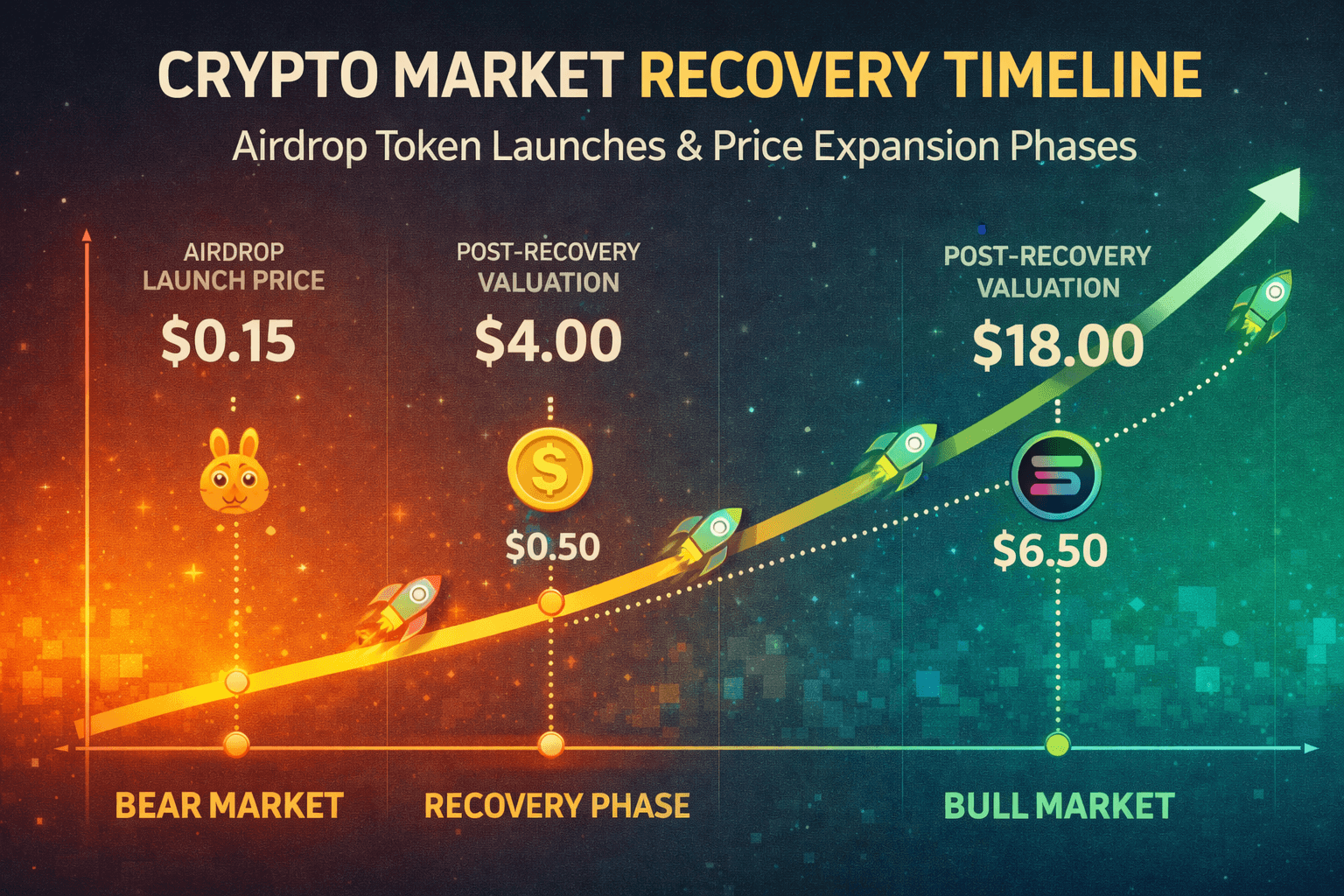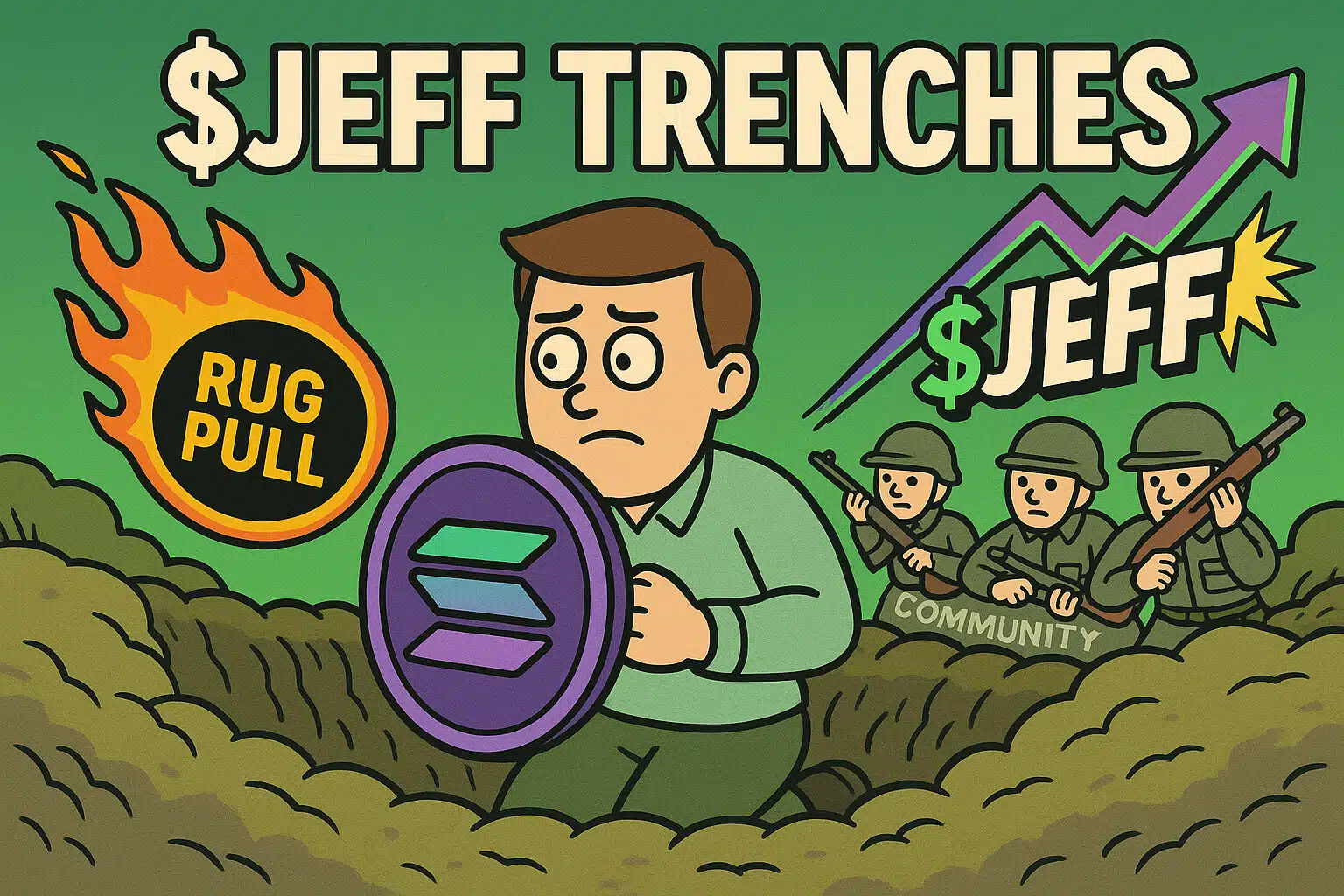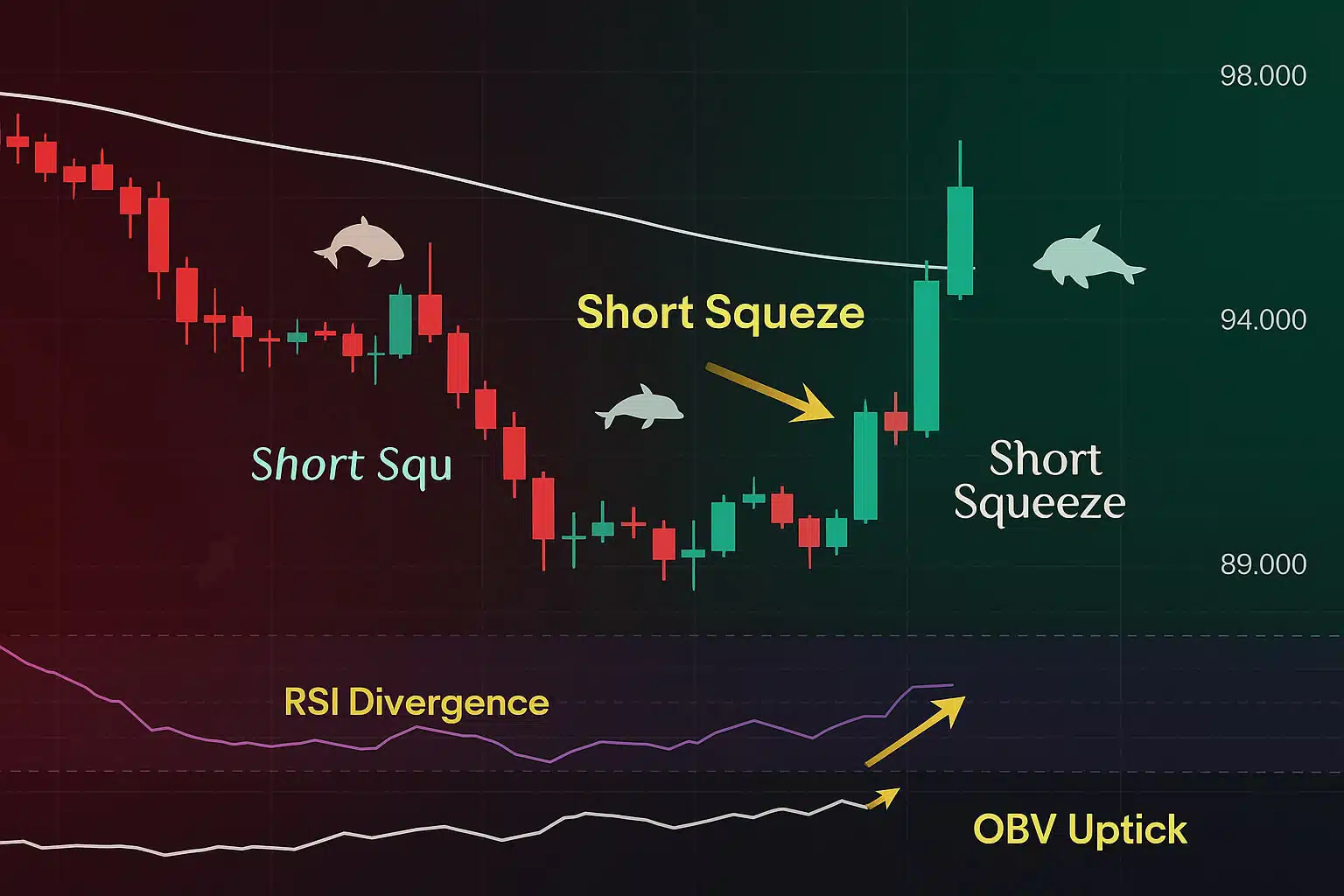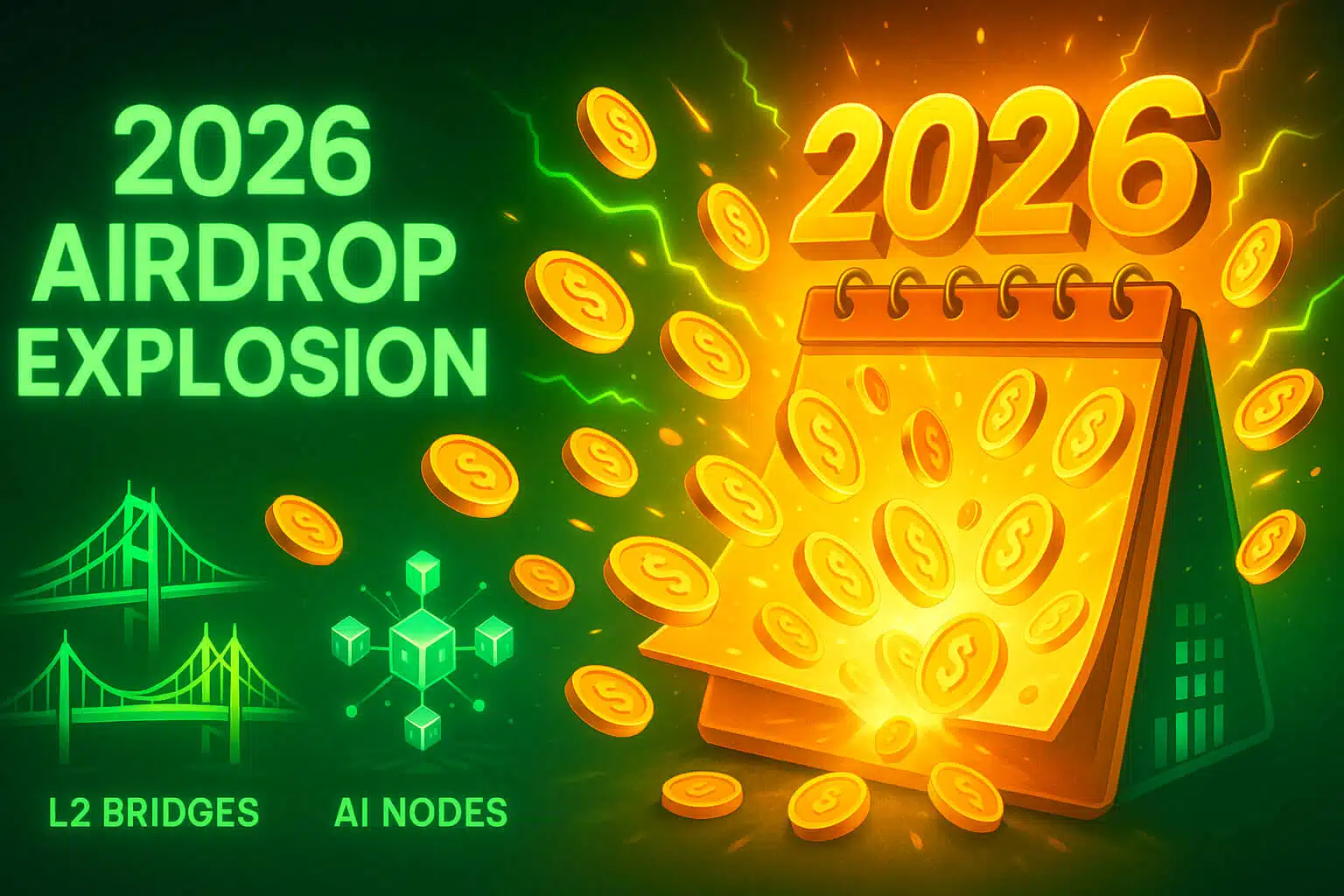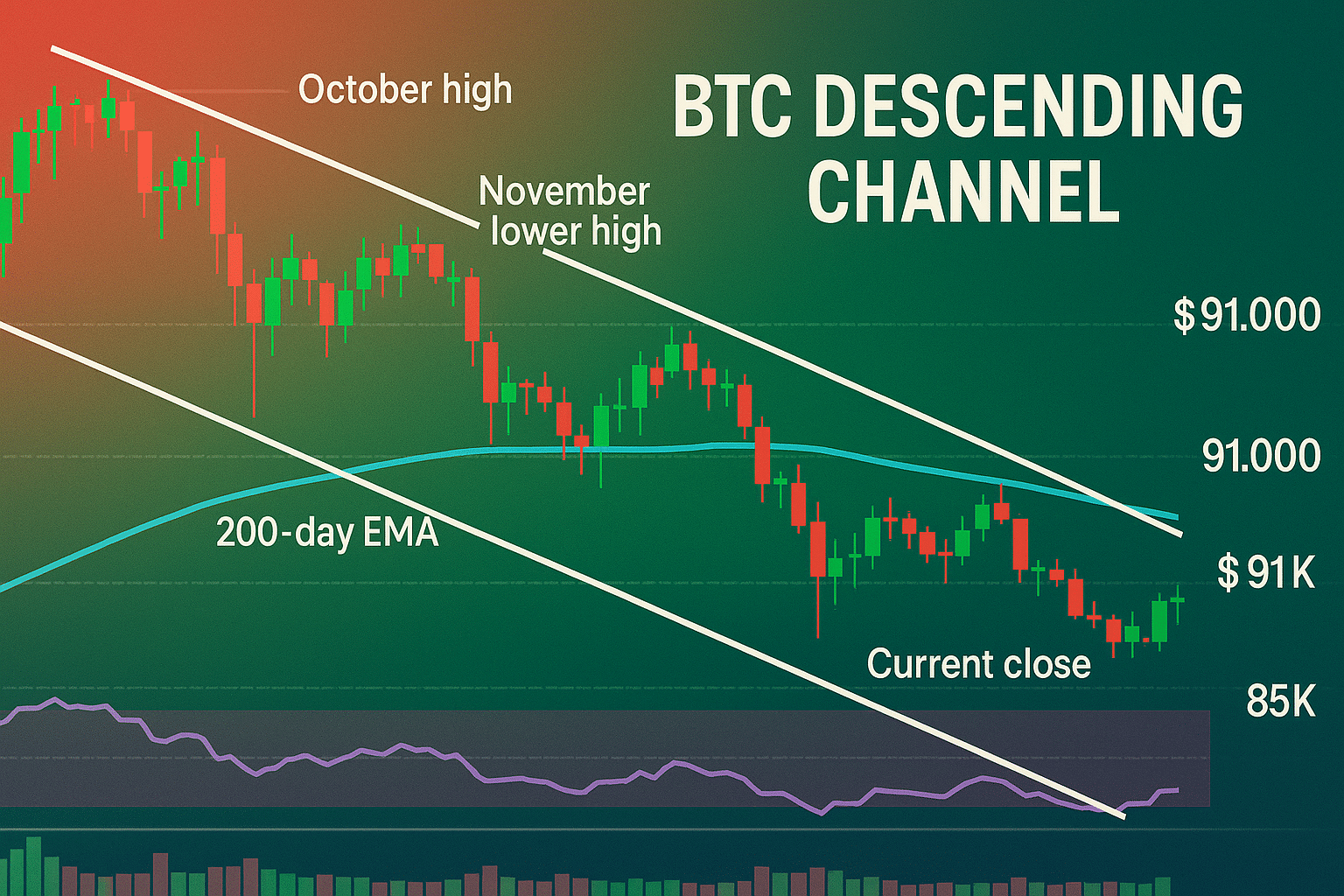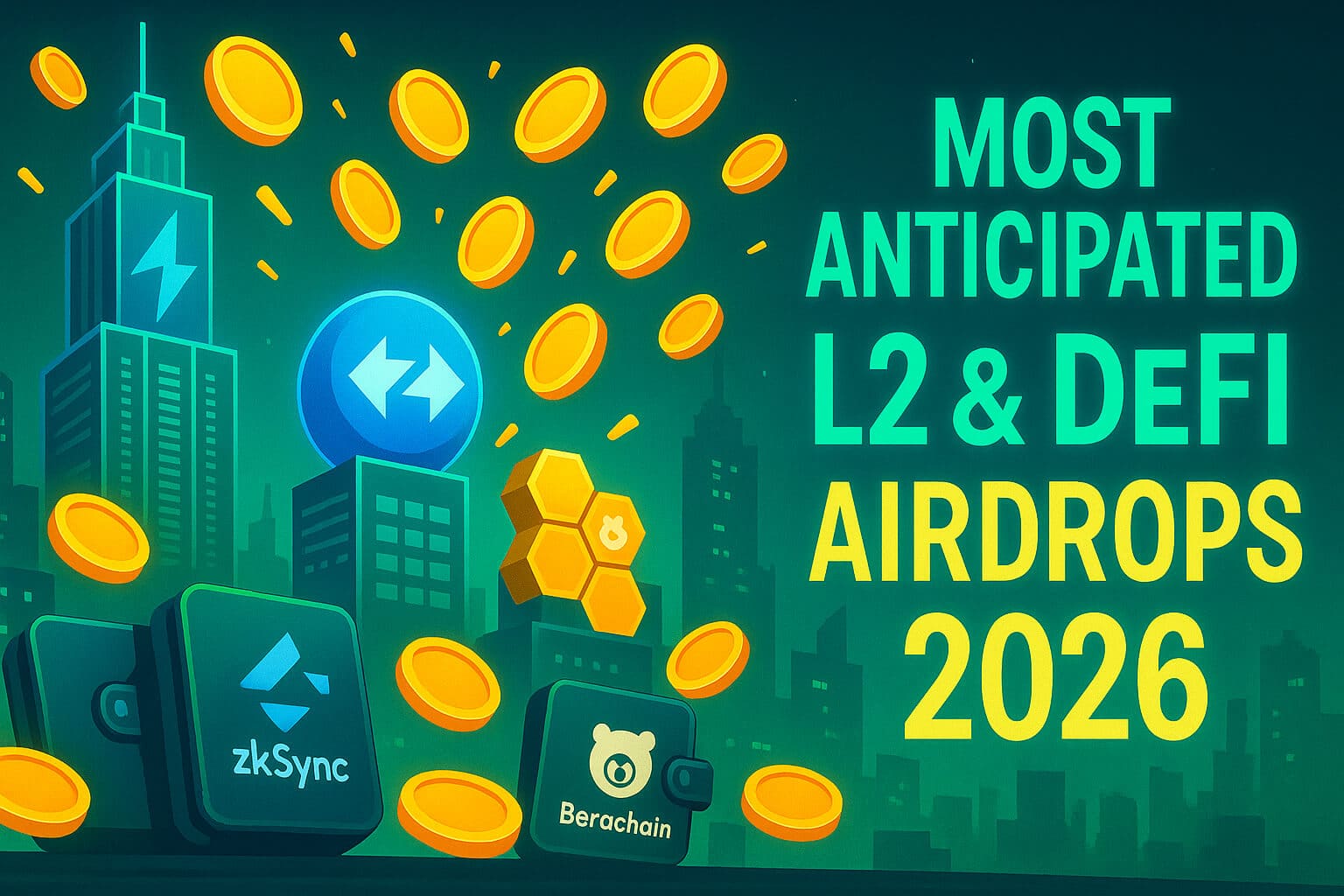U.S.-China Tariff War Shakes Crypto Markets – What’s Next for Bitcoin?
Introduction
The ongoing trade tensions between the U.S. and China have triggered a wave of uncertainty across global markets. While the stock market rebounded, the Federal Reserve’s stance on potential interest rate cuts remains uncertain due to economic instability.
The crypto market, however, took a significant hit. Bitcoin slipped, dragging altcoins down with it. On-chain transaction volumes have also declined, indicating a shift in investor sentiment. With economic pressures mounting, could this trade war trigger further volatility in the crypto space?
1. U.S.-China Tariffs – Why They Matter for Crypto
Global Market Uncertainty and Risk Assets
When tensions between two of the world’s largest economies escalate, markets respond. Traditional investors often flock to safe-haven assets like gold, while riskier investments, including cryptocurrencies, tend to see sharp declines.
Bitcoin is often touted as digital gold, yet its recent drop suggests that macroeconomic fears are still driving short-term price movements. Unlike past crises where BTC acted as a hedge, this time, the overall sell-off has affected the entire market.
For a deeper dive into how Bitcoin behaves during financial uncertainty, check out How Blockchain Is Revolutionizing Intellectual Property Management.
Federal Reserve’s Rate Decision Hangs in the Balance
The Federal Reserve’s response to economic turbulence plays a crucial role in market movements. Initially, investors anticipated rate cuts to stabilize financial markets. However, with China’s countermeasures adding pressure, the Fed may delay or reconsider its monetary easing strategy.
Higher interest rates tend to dampen liquidity, which could slow down institutional investment in crypto. For more insights on how macroeconomic factors shape crypto trends, read The Impact of the Latest Bitcoin Halving on the Market.
2. Crypto Market Reaction – Sell-Off and Declining Volume
Bitcoin and Altcoins Take a Hit
📉 Bitcoin slipped below key support levels, reflecting increased investor caution.
📊 Altcoins followed suit, with Ethereum, Solana, and XRP all experiencing sharp declines.
📉 On-chain transaction volumes dropped, suggesting fewer active market participants.
The correlation between crypto and traditional financial markets has been growing. As global economic uncertainty rises, traders appear to be pulling back on riskier assets.
For an in-depth look at Bitcoin’s price movements, check out Bitcoin Bounces Back to $99K – Is the Market Recovery Just Beginning?.
Stablecoins See a Surge in Demand
While most crypto assets declined, stablecoins like USDT and USDC saw increased trading volume. This suggests that investors are moving into lower-risk digital assets while waiting for clearer economic signals.
For more on stablecoins and their role in market stability, read How Stablecoins Are Changing the Landscape of Global Remittances.

3. Will Tariffs Push More Investors Toward Crypto?
A Case for Bitcoin as a Hedge?
Although Bitcoin’s short-term reaction has been bearish, long-term investors still view it as a hedge against economic instability. Historically, during prolonged trade conflicts or financial crises, interest in decentralized assets tends to rise.
For example, during currency devaluation events, Bitcoin demand often spikes in affected regions. If the tariff war weakens the U.S. dollar or Chinese yuan, crypto could see renewed inflows.
For more on Bitcoin’s hedge narrative, check out How Cryptocurrencies Are Driving Financial Inclusion.
China’s Crypto Stance – A Wildcard in the Trade War?
China’s strict stance on crypto has created a complex dynamic. While the government has cracked down on decentralized assets, Chinese investors continue to find ways to participate in the crypto market. If U.S. sanctions put additional pressure on China’s economy, we could see a surge in Bitcoin demand from Chinese traders.
For insights into how government policies impact crypto adoption, read The Growing Influence of Central Bank Digital Currencies (CBDCs).
4. What’s Next for Crypto Amid Trade War Tensions?
Short-Term Volatility Expected
With economic uncertainty growing, the crypto market may remain volatile in the short term. Key indicators to watch include:
- Federal Reserve policy shifts – A rate cut could provide relief.
- China’s economic response – Further countermeasures may create ripple effects.
- Bitcoin’s support levels – Holding above key levels could signal market strength.
For a look at Bitcoin’s historical price movements, check out The Impact of Staking on Cryptocurrency Market Dynamics.
Long-Term Implications for Crypto Adoption
If the trade war escalates further, more investors may turn to decentralized assets as an alternative to traditional markets. Bitcoin and stablecoins could benefit from a shift in financial strategies aimed at hedging against uncertainty.
For insights into how decentralized finance (DeFi) is growing, read How Decentralized Finance (DeFi) Is Challenging Traditional Banking.
Conclusion: A Temporary Setback or a New Market Trend?
The U.S.-China tariff war has already shaken financial markets, and crypto is feeling the impact. While Bitcoin and altcoins faced a sell-off, stablecoins saw increased demand. If global economic conditions worsen, crypto could still emerge as a hedge, but the short-term outlook remains uncertain.
Investors should keep an eye on global policy changes, Federal Reserve decisions, and institutional market movements to gauge crypto’s next steps.
For more updates on how macroeconomic trends impact digital assets, check out The Future of Digital Identity with Blockchain.
FAQs
1. Why did Bitcoin drop amid the U.S.-China trade war?
Macroeconomic uncertainty led investors to reduce exposure to risk assets, including crypto.
2. Could Bitcoin still act as a hedge during the trade war?
Long-term, Bitcoin has proven resilient in times of economic instability, but short-term volatility remains high.
3. How do Federal Reserve policies impact crypto?
Higher interest rates reduce liquidity, making institutional investment in crypto less attractive.
4. What role do stablecoins play during economic uncertainty?
Stablecoins offer a safe digital asset alternative, providing liquidity without exposure to crypto volatility.
For more insights and detailed guides on cryptocurrency, visit our Crypto Guides Section.
Stay Updated
For the latest updates on cryptocurrency trends and news, follow us on:
- X: https://x.com/FreeCoins24
- Telegram: https://t.me/freecoins24
Stay informed with the latest strategies and insights in the world of cryptocurrency at FreeCoins24.io.
Special Offer
For an enhanced trading experience, consider Bybit. Sign up through our referral link to unlock exclusive rewards, including up to $30,000 in deposit bonuses, and elevate your trading journey.







